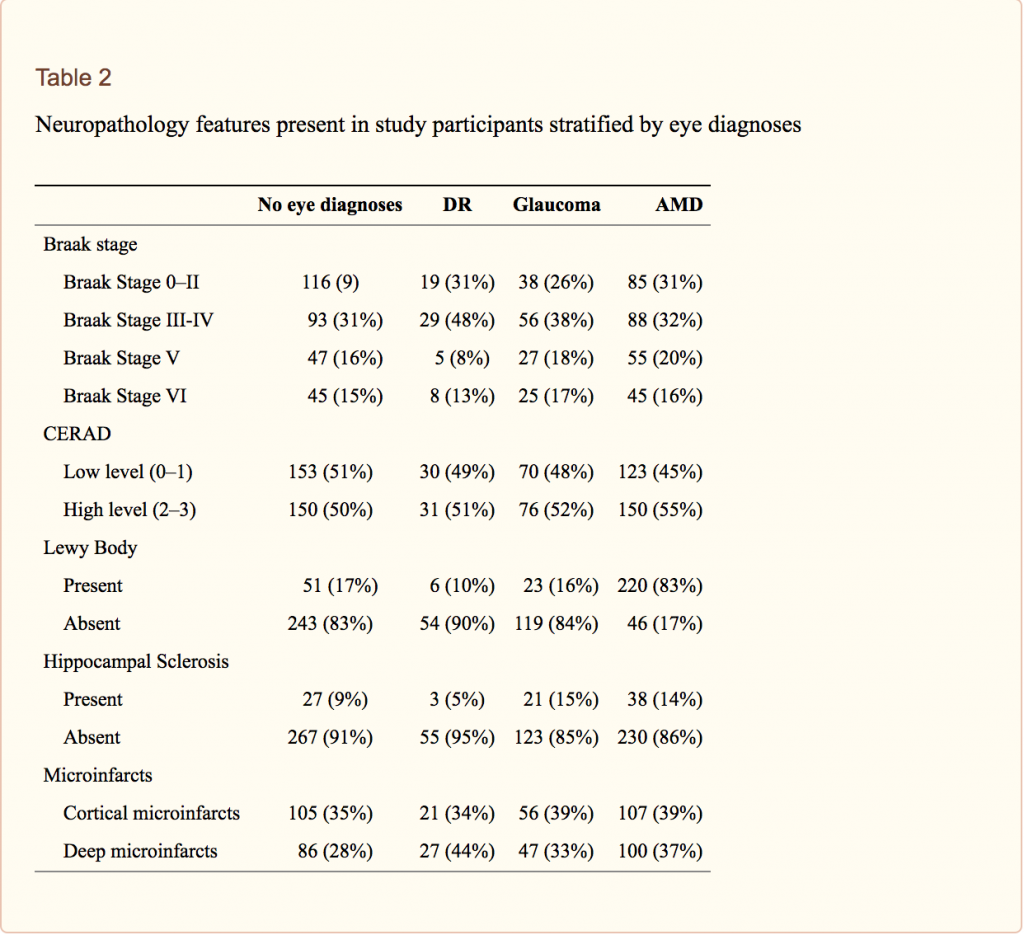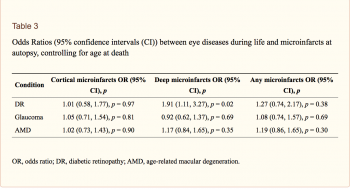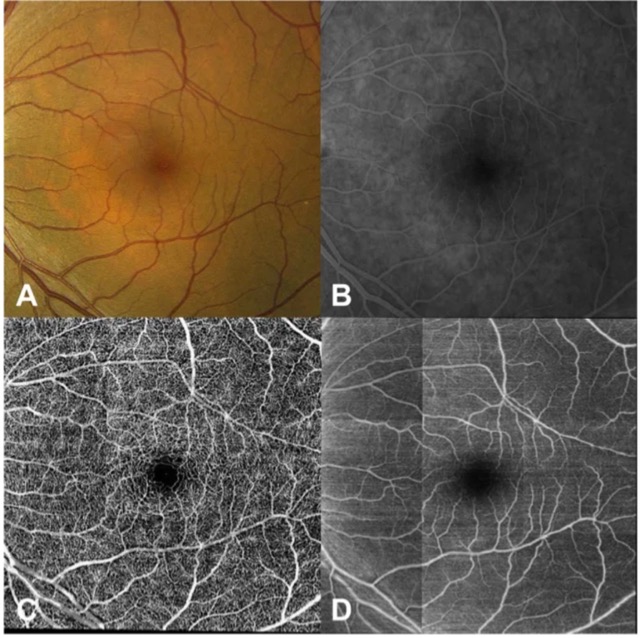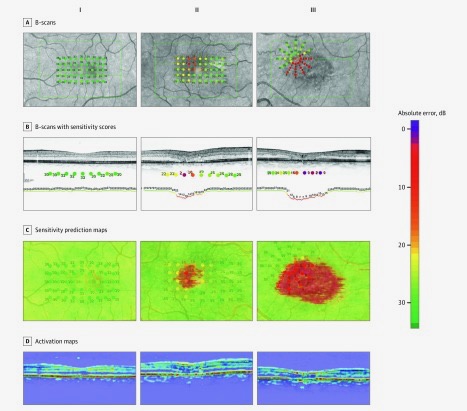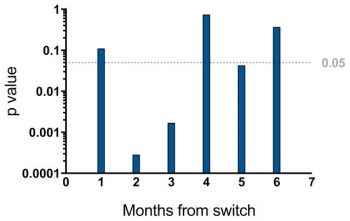The eye offers opportunities to capture critical information regarding the health of the brain, as the neurological anatomy and the microvasculature of the retina are very closely related to those of the brain and can be similarly affected by certain pathological processes. In this study published in the Journal of Alzheimer's Disease, Dr. Cecilia Lee and her co-authors compared brain neuropathology findings with known clinical information to determine if there were any associations between certain eye diseases and the presence of characteristic neuropathologic lesions of Alzheimer's disease. The authors analyzed the data from 676 patients from Adult Changes in Thought, a prospective longitudinal study in older patients who are followed over time and monitored for development of cognitive decline and dementia.
